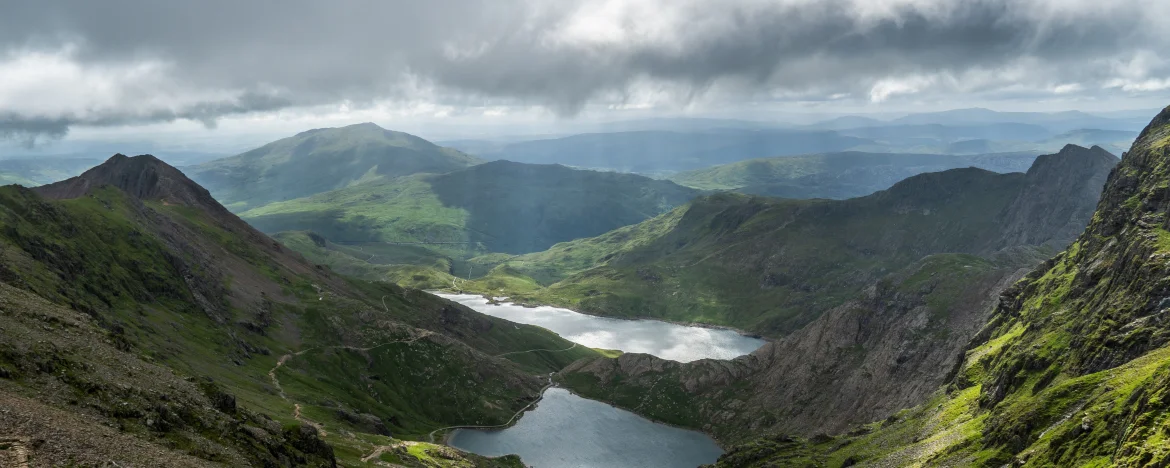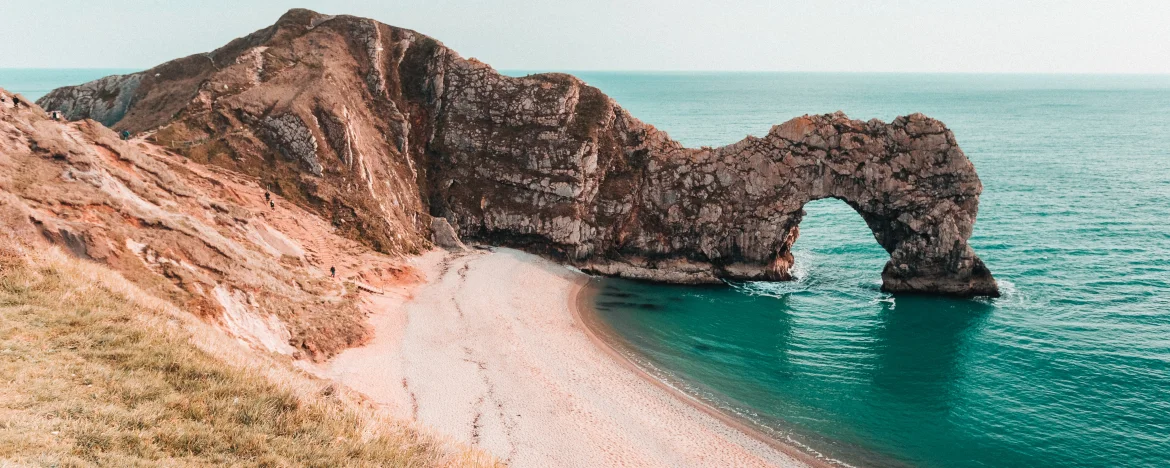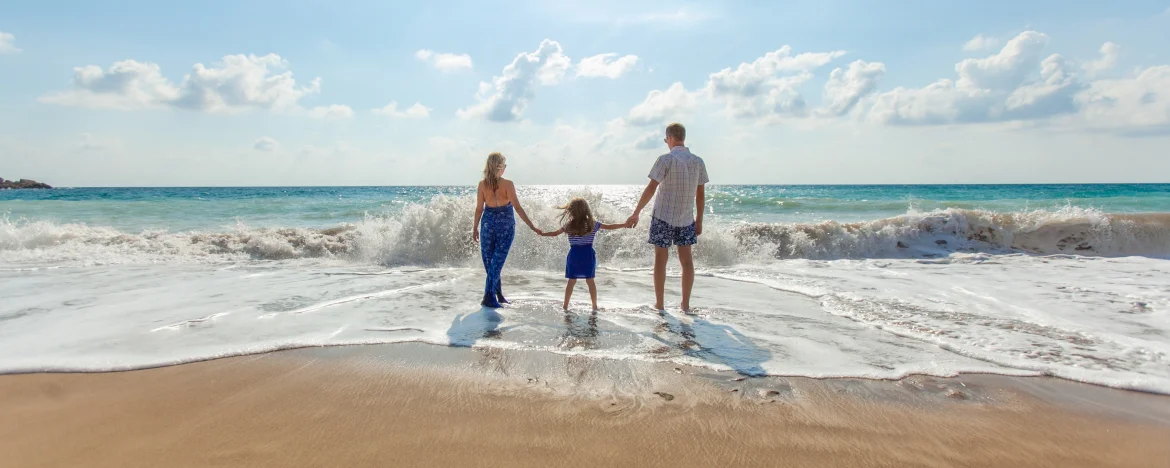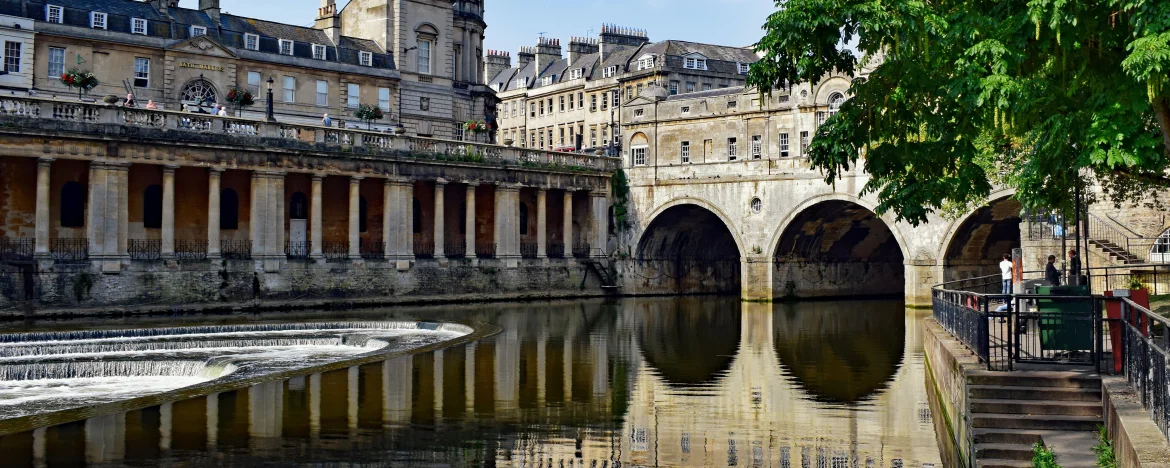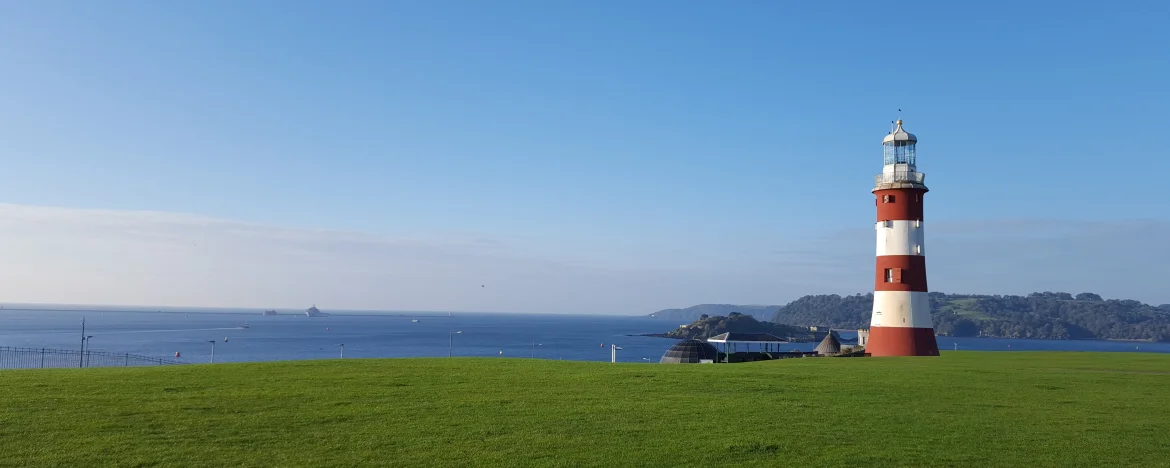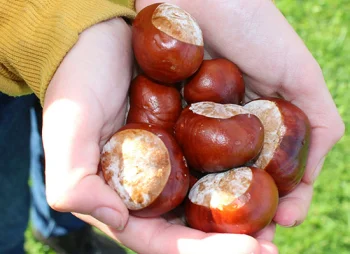Stuck for ideas to amuse the kids over the holidays?
Pack up your lease vehicle and hit the road!
As a child, the summer holidays were a thing of beauty. Six whole weeks with no school stretched out before you with the promise of blazing sunshine, endless days of playing and the tantalizing tones of an ice-cream van. As a parent, however, the notion is slightly different.
Combatting boredom, battling with traffic and extortionate prices as venues compete to lure in tourists can be frustrating. The holy grail of holidays, particularly in a post-pandemic world remains the staycation. A road trip to somewhere new offers ample opportunity to explore the hidden gems of the nation.
The UK really is home to some of the most picturesque countryside in the world. From stunning coastlines, rugged moorland, and quaint chocolate-box villages to bustling cities filled with excitement and culture, there’s something for everyone.
Our intrepid explorers have taken to the road to scope out the best places to take a leisurely drive to this summer. All you need to do is make sure your vehicle is roadworthy, assemble a playlist, pack all the snacks and hit the road for an epic road trip!



